
[ad_1]
The Leica SL2-S was announced at the very end of 2020 but it took a bit of time until it arrived on the market in 2021. In a way, this delay did well for video creators as the camera started to be interesting when firmware 2.0 was announced, bringing additional video recording capabilities like internal 4K recording with 10-Bit at 60p/50p with H.265 codec, Long GOP 10-bit recording, and improved autofocus, (just to name a few of the improvements). Taking into account the close Palansonic / Leica connection you have to ask yourself: is this hybrid camera geared toward video usage, is it actually more of a Panasonic S5 “on steroids”, or does it offer “something extra” to justify its higher price tag? I was curious myself! So to find answers to these questions, keep on reading my review on the Leica SL2-S.
Like most of you, I’ve also been following Leica’s incredible journey throughout the last few years, transforming from a manufacturer who is catering to photographers, to one who is including video creators now, too. The original Leica SL released in 2015 amazed me with its organic image capabilities, while the SL2 which was exposed during 2019 did even better. (See my review here). Unfortunately (or fortunately), our industry gives very little time for any manufacturer to rest on laurels, let alone Leica with its latest camera offering. So let’s take a closer look at this camera and try to determine what chances does it have to withstand time while many other manufacturers are now promoting 6K and 8K recording resolution next to internal ProRes (Or RAW) recording.
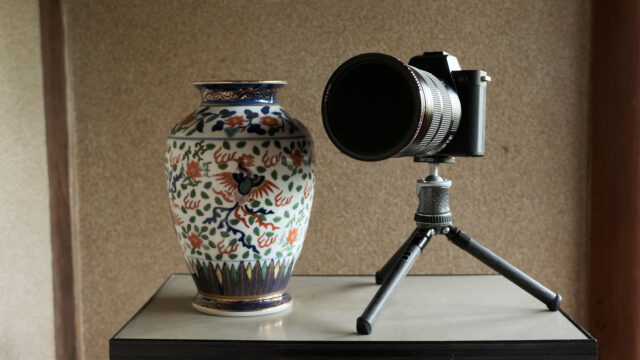
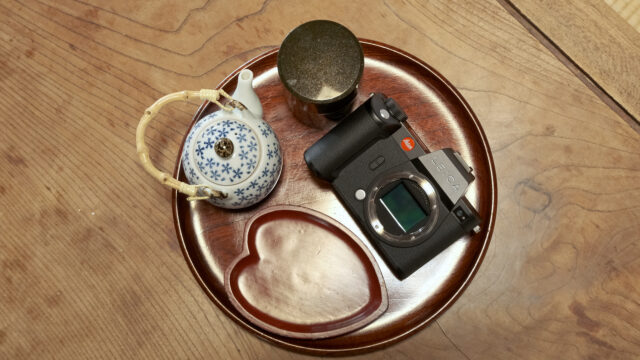
Before I continue, I have to admit that testing and reviewing the SL2-S was not primary on my radar, but after receiving so many private requests to do so, I decided to take the initiative during my last visit to Japan and asked Leica Japan to assist me with a camera and lens. (Thank you Shizuka Mitsumura-san and Osamu Tsukada-san for supporting me with providing the equipment).
So what is a camera review without a story you may ask?… Well, I was lucky enough to meet Mori-san who together with his mother is running Chigasaki-Kan, a lovely and unique traditional Ryokan founded in 1899, located not far from the seaside in Chigasaki. (Thank you Hiroki-san for putting us in contact).
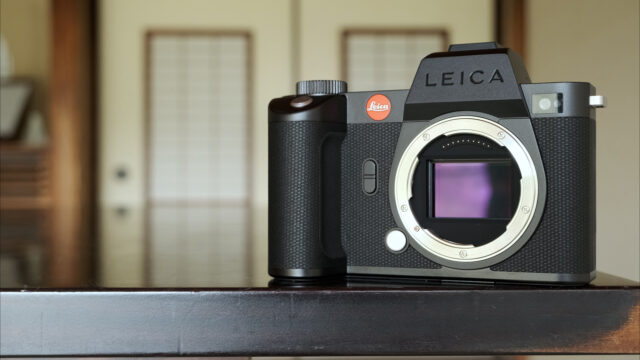
Leica SL2-S – First impression
Like with other members from the SL family of cameras, the first three things that one will look at are:
- How well the camera is built
- The minimalistic clean design approach
The camera body itself is beautiful and the camera menu is very easy and clear to navigate. Next is the high-quality OLED EVF (electronic viewfinder), which in my opinion is one of the best out there when it comes to mirrorless cameras. It simply helps with seeing things “in focus” and allows long working times without any noticeable fatigue.
Top this with what I regard as great ergonimics (even for my small hands), and you get a filming device capable of being hand-held for long periods of time especially while filming a documentary, in an “on-the-go” style.
Speaking about “filming on the move”, I have to mention how well the IBIS (In Body Image Stabilization) in this camera works. In the above video, everything I shot at the Chigasaki beach was shot handheld and it really demonstrates the good IBIS capability. By the way, one of the unique features of this camera (next to the SL2), is the support of Leica’s M lenses. As per Leica: “due to the specially optimized glass stack in front of the sensor, the camera offers best possible image quality”. As I had no chance to test the SL2-S with M lenses I cannot comment on this claim, but I can imagine how nice it is to film with those small capable lenses when IBIS is engaged for additional image stability.
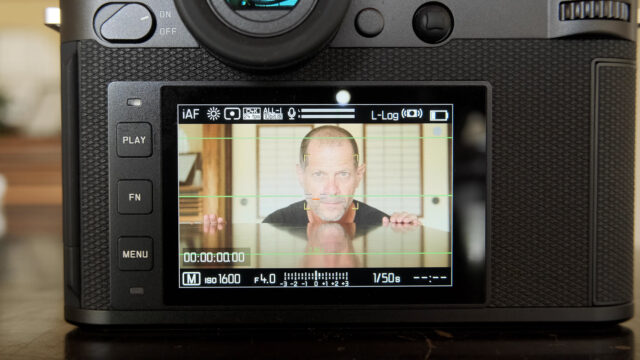
Well, there is no easy answer as these cameras are obviously different, but let me share my impressions with you while sticking to the facts first. It is no secret that Leica and Panasonic have been cooperating together for more than 20 years. This beneficial cooperation between the two companies and the fruitful talks with SIGMA led to the establishment of the L-Mount alliance back in 2018. (L-Mount was developed by Leica Camera AG, introduced in 2013 with Leica T Camera, and is a Trademark of Leica Camera AG). Now, both the Panasonic LUMIX S5 and Leica SL2-S use an almost similar size full-frame CMOS sensor (24.2MP and 24.6MP respectively, although pixels found inside the Leica camera are a tiny bit larger). Add the contrast-based autofocus to the list with that similar “Automatic Follow Focus” where three focus points for “automatic” focus shift during video recording can be used next to that familiar LUMIX AF subject tracking and body detection and if feels, like a Déjà vu… Then, there is a similar 5-axis sensor-shift stabilization behavior/performance, one that gets you into a feeling that the insides of both cameras are quite similar in many ways. (I could not verify if Panasonic’s Venus Engine is actually the same as Leica’s Maestro III Image Processor).
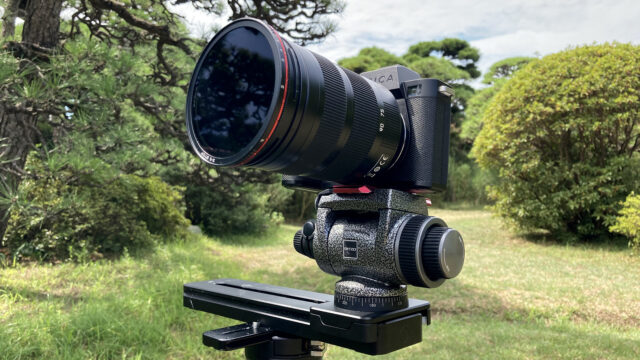
Now, I have to be upfront and say, that “feeling wise” Leica’s autofocus system is more accurate but at the same time, I could pull my (non-existing) hair when it messes up. It all gets even more interesting when viewing the footage on the timeline, as the first thing that I tried is adding our “custom-made Leica LUT”, the one I always use when filming with Leica’s SL and SL2 cameras. This time and to my surprise, our LUT was completely off leaving me with the understanding that something has been changed. A couple more experiments at the Leica Japan shop together with the SL2 (previous model), helped me secure my opinion that something “drastic” has happened to the Log gamma curve between the previous two SL cameras and the current SL2-S. Fast forward, and Leica was kind enough to confirm that they redesigned the L-Log gamma curve and while it is nice to see progress being done, I’m wondering if something “has been lost along the way”, simply because the images coming out of the SL2-S and although being beautiful, tend to look “less organic” in comparison to the older SL models. (And as a result, closer to the Panasonic LUMIX look).
We have contacted Leica in order to learn more, and here is what they had to say:
This might be the result of the new BSI image sensor. This sensor is much more capable for high ISO settings without significant noise than any other Leica model did offer before. Noise (or grain) is not always something negative but can help images to appear more natural. We have been very careful in applying noise reduction for higher ISO settings, for lower settings the sensor does avoid it by its superb SNR.
The Leica L-Log curve has been improved as well especially to avoid that shadows will create unnecessary noise. On top of that we have reduced any internal sharpening as much as possible (reduces noise appearance again). That makes sense due to the fact, that the camera comes w/o optical low pass filter and will deliver outstanding sharpness with Leica lenses without sharpening.
The new L-Log curve was introduced via firmware update for Leica SL and SL2 as well. We do not think, that this will be the main reason for a different look vs. SL or SL2. All 3 cameras can be used now in parallel with good match for the results regarding contrast and colour.
The new L-Log curve was developed due to the reason, that colour grading with the former version was very much limited. So we did develop the optimized version in close collaboration with experienced colour scientists, from Hollywood.
These measures have been done in order to maximize the capability of the footage for even heavy postproduction treatment, to give enough “headroom” for creatives, to get results based on their creativity. This may result in somehow “less organic” footage direct out of the camera (with L-Log).
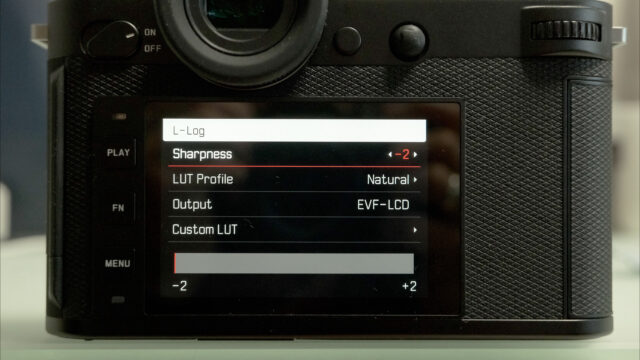
So in my opinion, and without being able to test the Leica next to the Panasonic, I must say, while the SL2-S allows filming in All-Intra codec and higher bit rates when compared to the LUMIX S5, the picture aesthetic is rather similar. Leica was always proud of NOT having Noise Reduction applied to the footage when recording in-camera, which has seemed to have changed.
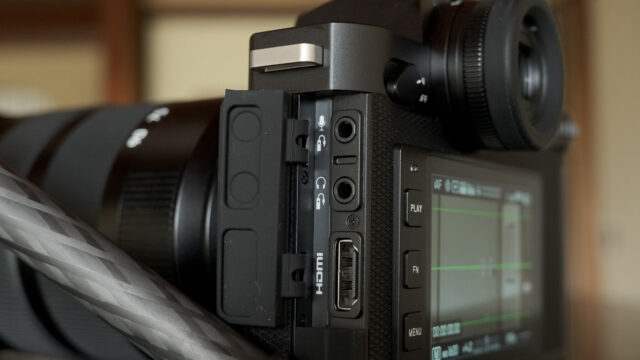
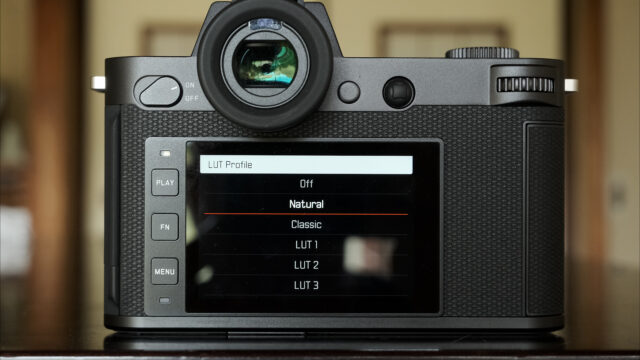
What do I like?
At the end of the day, what really counts is the video picture quality, and all in all, I was truly happy with what I got out of this camera. When it comes to lowlight filming, the results are generally okay, and Leica themselves wisely restricted the camera itself not to allow filming above ISO 6400 (the next ISO step is ISO 12,500). In addition, next to the high-quality 3.2″ LCD touch screen there is a top “status LCD screen” that is very helpful especially when gathering some needed settings information “on the fly”. I also loved having the separate Video menu in this camera. Last but not least, with no recording time limit and the ability to use a REC 709 “view assist” LUT when filming in an L-log picture profile, makes the camera even more complete. (One can choose between the installed “Natural” or “Classic” LUTs next to the possibility to import additional LUTs for viewing purposes). So in favor, we have image quality, simplicity, and built quality which makes this camera a very nice hybrid choice, geared towards filmmakers. (Full-size HDMI connector anyone?) But is it enough in order to compete with other offerings currently available on the market at the same price or even lower? This is a whole other story, which will try to answer a bit later.
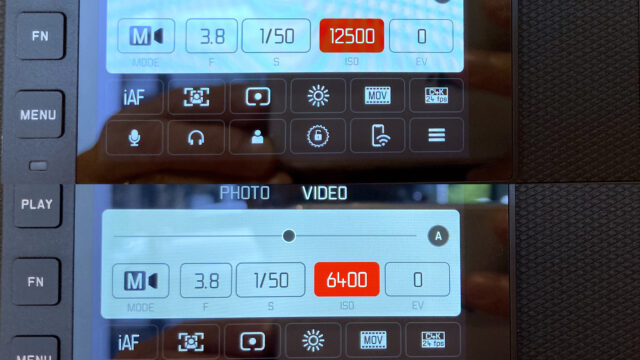
What can be improved?
Well, in all honesty, a fixed LCD screen is becoming an obstacle for me (and maybe for others, too?), since I could really feel how restricting it is when wanting to take low-angle shots, for example. I truly hope that this design limitation can be overcome in the next camera generation. Next is the autofocus performance: as long as Leica uses contrast-based AF for video, I guess there is a limit to what can be expected. Another limitation not related directly to Leica is the absence of dedicated camera cages for that camera. The only tailored fit cage that I could find was from LockCircle.
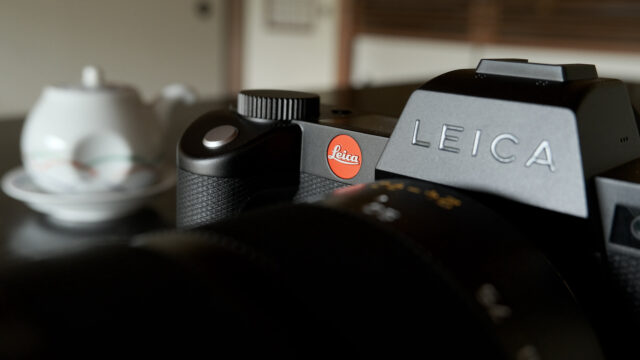
The Leica badge and camera price
This full-frame Leica SL2-S, featuring DCI/UHD 4K/60 10-bit, 4:2:2 video recording is currently sold at B&H for $4,995 and the right question to ask is, is it justified? I’ll let you guys answer that question as each and every one of us looks at something different when picking up a camera.
Saying that here are my concerns, and I write this with at most appreciation and respect to the brand and more importantly, the people behind it. I get that Leica is a premium brand, but from the moment they decided to include a video recording feature in their camera, they started to compete with other known brands, which are currently offering (much) more for filmmakers at the same, or even at a lower price. True, the Leica SL line of cameras is doing a remarkable job when using it for stills photography and as many will argue, better than other leading brands too, so if you are in the market for a “hybrid camera” the SL2-S might be a winning choice.
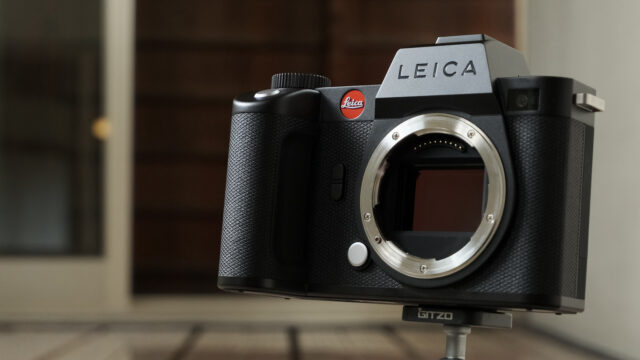
With the older L-Log gamma curve, the SL and SL2 had something a bit more special in the way they captured video, and as beautiful as the current SL2-S footage is, for that camera price, it is not unique anymore. (and while we are on the topic of price, I can’t resist asking, why on Earth a camera battery should cost $285?!).
And I have to be clear here, I’m NOT comparing the Leica SL2-S price to the LUMIX S5, but rather to more advanced mirrorless models from different manufacturers. It is the “clean footage” that reminded me of the “Panasonic look”.
My humble advice is that if Leica is seeking life and wants to compete in that ever-evolving mirrorless camera for the video market, they should definitely reconsider their pricing strategy. True, the SL2-S is considerably cheaper than other Leica SL models, yet it needs to offer even more in order to successfully stand against other popular brands.
Having a Leica badge on a camera should be a source of pride and not a barrier. If Leica wants to expose their wonderfully built quality and image science to the next generation of content creators, they should make some of their cameras more accessible and find other things they can charge extra for.
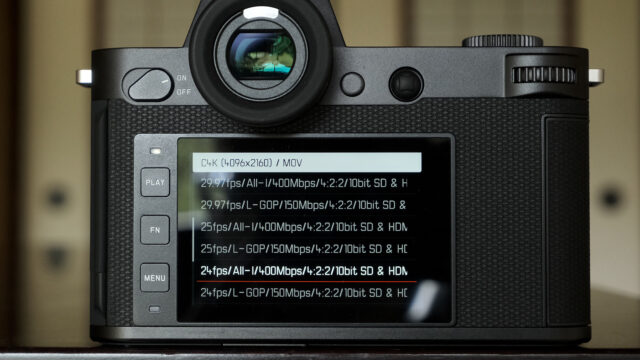
Conclusion
The Leica SL2-S is a solid product that was designed to be reliable and precise. Working with previous SL models I expected to achieve the same picture aesthetic at a more affordable price, but the way it is now, I was not able to do so. Please don’t get me wrong, the video picture quality is very nice, but it’s lacking that original fine noise/grain found in the previous two models. Again, it’s up to personal taste here, so I encourage everyone who is interested in this camera to try and test it for themselves.
Last but not least, I would like to thank Leica for being extremely helpful in answering my questions and clarifying some technical points I had. They also were kind enough to supply me with the “yet to be released” LUTs for the new L-Log gamma curve. Those were used in the above video most of the time next to our “custom made LUTs”, made with fylm.ai.
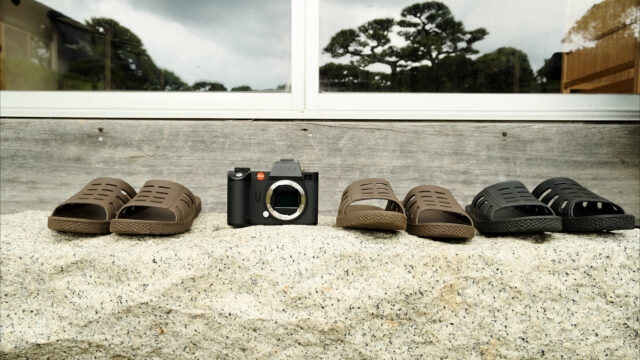
What do you think about the Leica SL2-S? Did you have a chance to work with it and if yes, were you impressed? Please share with us your thoughts in the comment section below.
[ad_2]






